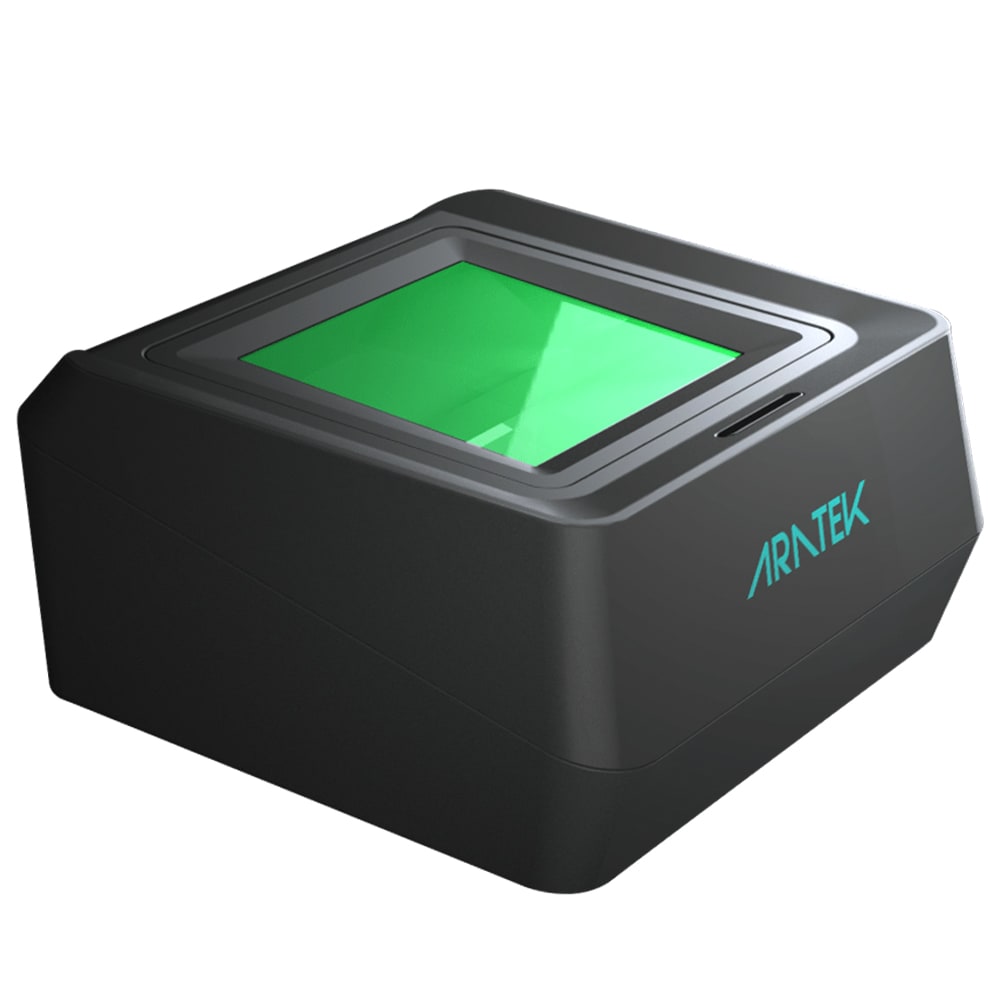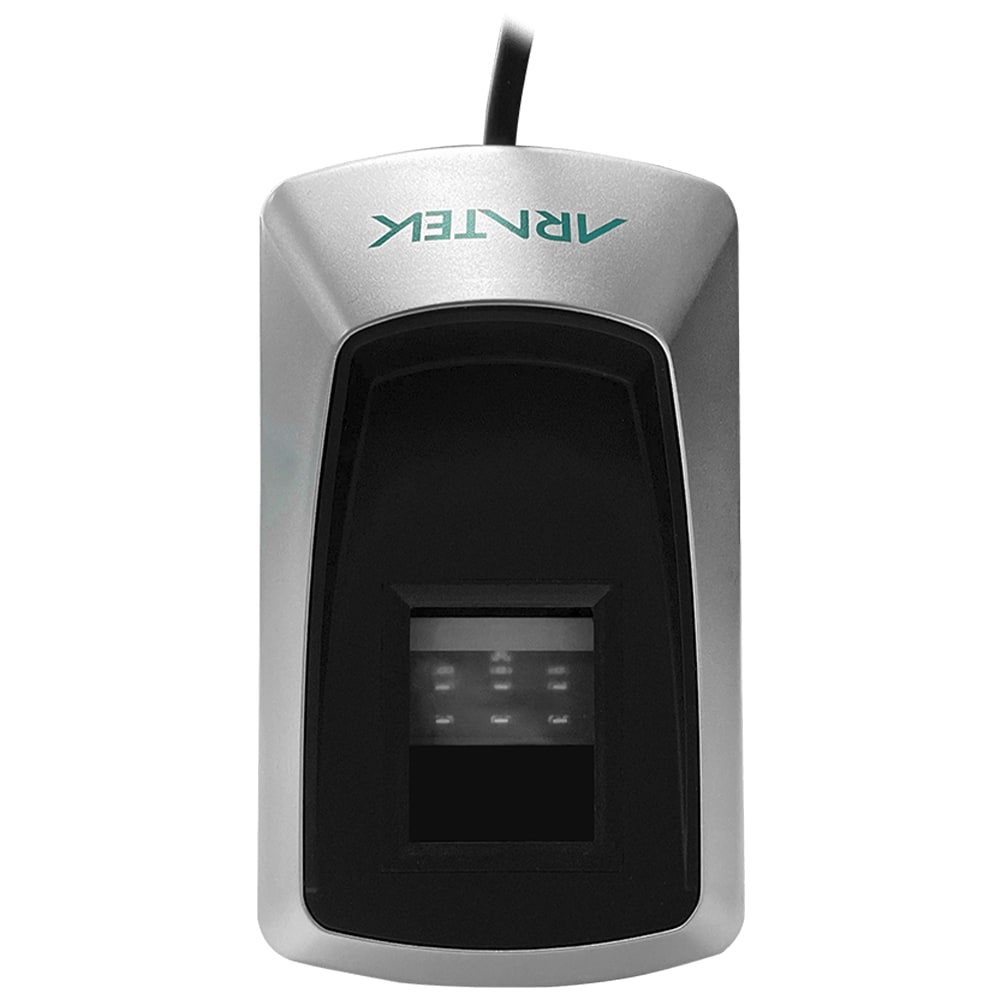
PRODUCT

Smarter Biometrics, Stronger Digital Identity.
VIEW ALL
product finder
solution
case study
support
Company

Identifying the World. Easily, Securely.


years of solid experience
20+
.jpg)
400+
customised projects



EN
.avif)

Ever struggled with a fingerprint sensor that repeatedly failed to recognize your fingerprints, making you feel locked out? Fingerprint recognition is increasingly becoming a standard feature of smartphones, physical security systems, payment systems, law enforcement equipment, and a wide range of other applications. It's essential to keep these sensors clean and well-maintained to ensure quick and accurate authentication.
In this comprehensive guide, we'll walk you through everything you need to know to keep your fingerprint sensor (optical type) working perfectly. We've included a step-by-step infographic, gathering the right materials, detailed cleaning instructions, maintenance tips, and troubleshooting common issues — we've got it all covered.
How to clean fingerprint sensor? Before we get into the step-by-step guide to cleaning your fingerprint sensor, it's important to gather the materials you'll need. Here's what you'll need to clean the fingerprint sensor on your fingerprint scanners, smartphones, access control readers, or any other device that uses fingerprint-sensing technology:
This gentle yet effective cleaning solution dries quickly and leaves no residue, making it ideal for cleaning electronics. Make sure to use a 70% or higher concentration, as lower concentrations may not be as effective and may leave a residue.
.jpg)
This soft, lint-free fabric is perfect for cleaning delicate surfaces without causing scratches or leaving residue behind. It's often used to clean eyeglasses, camera lenses, and electronic device screens, making it the ideal choice for your fingerprint sensor.

These will allow you to reach and clean the sensor's small, intricate parts without causing damage. Cotton swabs are gentle and soft, making them ideal for cleaning delicate electronics.

Use canned air or an air blower to get rid of dust and other debris from the sensor without getting any water on it. These tools are specifically designed to clean electronic components and help prevent damage caused by dust accumulation.

With these materials in hand, you're ready to embark on a mission to restore your fingerprint sensor to its pristine, high-performance state. In the next section, we'll give you a comprehensive, step-by-step guide on how to properly clean your fingerprint sensor like a true expert in biometric technology.
You now have the materials you need to get started. So, without further ado, let's jump right into the guide and learn how to clean a fingerprint sensor like a pro. Whether you're using a fingerprint reader or biometric tablet, the following steps will ensure your device is spotless and ready to work without fail.
Importance of disconnecting power sources: Always turn off your device before trying to clean the fingerprint sensor. This will keep you safe and prevent damage to your device.

Wiping Techniques: Wipe the sensor's surface gently with a soft, lint-free microfiber cloth to remove any dirt, dust, or smudges. Excessive pressure should be avoided at all costs, as it may damage the sensitive sensor.

Proper saturation of the cotton swab: Moisten a cotton swab or Q-tip with isopropyl alcohol, ensuring it's damp but not soaking wet.

Circular motion technique: Gently wipe the fingerprint sensor's surface in a circular motion to remove any remaining dirt, smudges, or residue. Apply gentle pressure to avoid damaging the sensor while thoroughly cleaning it.

Allowing the isopropyl alcohol to evaporate: Allow the sensor to air dry for a few moments, allowing the isopropyl alcohol to completely evaporate.

Gently patting the sensor dry: If necessary, use a clean, dry microfiber cloth to gently pat the sensor dry, ensuring that all moisture is removed.
Proper use of compressed air: If you notice any dust or debris around the sensor, blow it away with canned air or an air blower. To avoid introducing moisture into the sensor, keep a safe distance and hold the canned air upright. Follow the manufacturer's instructions for using compressed air, and never shake or spray the can while it is inverted.
.jpg)
Making sure the sensor is completely dry: Before turning on your device, make sure the sensor is completely dry and has no moisture left on it. This will help prevent any potential damage to the sensor or your device.

By following these cleaning precautions, you can ensure the longevity and optimal performance of your fingerprint sensor. With a clean and well-maintained sensor, you can enjoy seamless authentication in your daily life. Continue reading for our next section, which will provide even more tips to help you maintain your fingerprint device in tip-top shape.

Fingerprint sensors have without a doubt made our lives easier and more secure, and they have become an essential part of our daily routines. These fingerprint sensing devices can be found in a wide range of devices, including smartphones, biometric products such as fingerprint scanners, mobile terminals, access control readers, payment POS machines, and more.
However, there are times when a fingerprint sensor makes us feel like a spy who has been locked out of a top-secret mission.
Fingerprint sensors and scanners are designed to use the ridges, valleys, and patterns of your finger to make an accurate match. If these sensors become dirty, they can interfere with the accuracy of the match, affecting both the convenience and security that these handy gadgets are designed to provide. Before we reveal our comprehensive cleaning guide, let's first discuss the potential impacts of a dirty fingerprint sensor and why maintaining it is critical for any tech-savvy individual. Below are some of the most common issues caused by a dirty fingerprint sensor:
A dirty fingerprint sensor may have difficulty recognizing your fingerprint and may require multiple attempts before granting you access to your device or services. Furthermore, when registering a new fingerprint, a dirty sensor can make the process take longer.
A dirty sensor may not read your fingerprint accurately, resulting in false matches and a potential security breach that puts your important data at risk.
If a fingerprint sensor is exposed to dirt and debris for too long, the components inside can wear out faster than usual. This reduces the lifespan of the device and can eventually lead to costly repairs or replacements.
Unwanted residues such as dust and oil can cause your fingerprint sensor to misread your print, turning a simple tap into a battle of wills between you and your device or, worse, locking you out even though you are the rightful owner of the device. This led to a significant impact on overall user satisfaction and experience.
To avoid these potential pitfalls, it's critical to keep your fingerprint sensor clean and maintained on a regular basis. In the following sections, we'll provide a step-by-step guide to fingerprint sensor cleaning and proper maintenance, so you can enjoy the benefits of this biometric technology without issue.
{{product-cta}}
In this section, we'll go over some more in-depth tips on how to maintain your fingerprint sensor in good working order, ensuring smooth and accurate authentication every time you use it.
Clean your fingerprint sensor every few weeks or whenever you notice that it isn't working as well as it should. Regular cleaning will help keep dirt and grime away, ensuring accurate authentication every time you use it.
Keep contaminants such as oil, lotion, dirt, or sweat away from your fingertips and the sensor surface. Before using the sensor, wipe your fingertips with a lint-free cloth or tissue, and keep the sensor's surface clean. Other common contaminants and tips on how to avoid them are listed below:
When not in use, keep your device in a clean, dry place away from direct sunlight and extreme temperatures. Also, keep the area around your device clean and free of dust buildup to avoid any potential interference. This will help protect the sensor and prolong the life of your device.
Always follow the manufacturer's cleaning and maintenance instructions. Following their advice will ensure that your fingerprint sensor continues to function properly and prevent any potential damage.
Purchase a high-quality screen protector and case to keep your device safe from dirt and scratches. The fingerprint sensor on your device will last longer and work more reliably if you use one of these accessories.
Make these maintenance tips a habit, and you can guarantee your fingerprint sensor will stay dependable, quick-acting, and ready to go at all times.
Why fingerprint scanner not working? How to fix fingerprint sensor?
If the sensor on your phone, fingerprint scanner, or POS terminal keeps breaking even after you clean and maintain it, don't worry. We've got you covered with the following guide to troubleshooting common fingerprint sensor issues.
Keeping your device's software up to date can help improve the performance of your fingerprint sensor, both in terms of accuracy and speed. For example, an SDK update could improve the fingerprint scanner's recognition algorithm, resulting in faster authentication and more reliable recognition of your fingerprints. Additionally, software-related issues such as glitches or bugs can be addressed with regular updates. To keep your device running at its best, check for and install any available updates regularly.
Resetting and re-registering fingerprints can be an effective solution for personal devices, like most Android phones and laptops, when you're having trouble with your fingerprint sensor. This can help clear out any glitches or inaccuracies that may have developed over time. To do this, simply remove your registered fingerprint from the device's settings app, and then follow the prompts to re-register them. Make sure to use the same finger that you usually rely on for authentication.
However, it's essential to note that this troubleshooting tip may not apply to large-scale applications, such as voter registration, border control, or social welfare distribution systems. In these situations, it would be impractical and time-consuming to factory reset and re-register fingerprints for a vast number of users. For such cases, it's crucial to work closely with the biometric system provider, like Aratek Biometrics, to address any challenges and ensure the continued smooth operation of the system.
If your fingerprint sensor isn't working properly, it may be time to calibrate it. This procedure involves resetting the sensor's sensitivity settings, essentially starting over. For instructions on recalibrating your specific fingerprint sensor, consult your device's user manual or contact the manufacturer.
When all else fails, it might be time to seek professional help. Reach out to your device's manufacturer or a qualified technician for assistance. For example, if you have a fingerprint scanner from Aratek Biometrics, a well-known biometric device provider, their dedicated customer support team can assist you in resolving any potential issues. By leveraging their expertise, you'll ensure that your fingerprint device gets back to its best condition.
By using these troubleshooting tips, you'll be ready to handle any issues with your fingerprint sensor and device. So go ahead and embrace the wonders of biometric technology, knowing that you have the knowledge and tools to keep your fingerprint sensor in top shape.
So, there you have it, secret agents of the biometric world! By following our comprehensive guide, you'll keep your fingerprint sensor cleaner than a top-secret file room and as efficient as a well-timed spy gadget. Remember, a spotless fingerprint sensor not only ensures faster and more accurate authentication but also keeps your devices running like clockwork.
Don't let smudges and dirt stand in the way of unlocking the full potential of your fingerprint sensor. Keep your biometric technology well-maintained and reap the rewards of a secure and convenient authentication experience. After all, even the savviest spy needs to keep their gadgets in check to stay ahead of the game. Good luck, and happy cleaning!
.avif)
Use our product finder to pinpoint the ideal product for your needs.
















